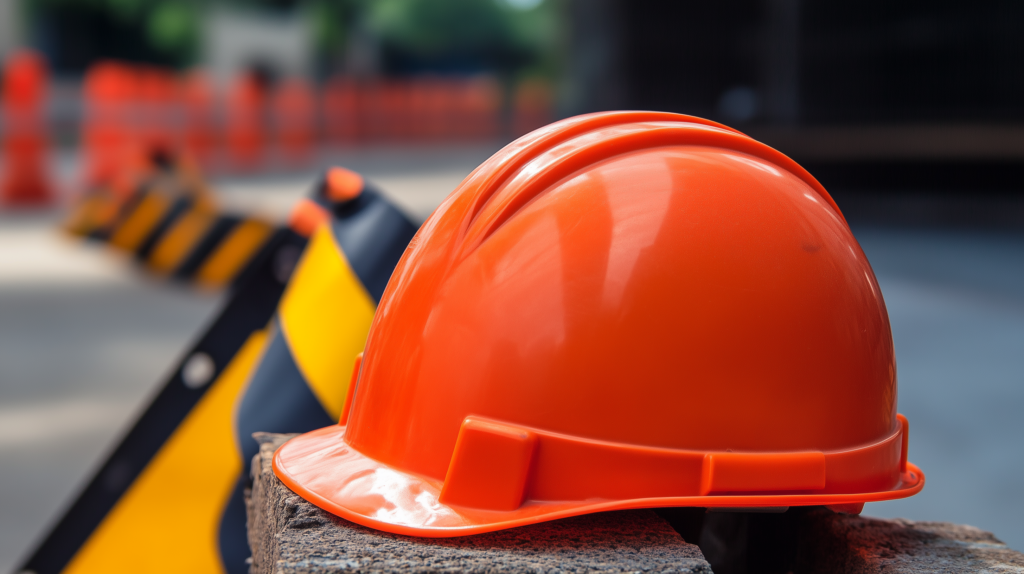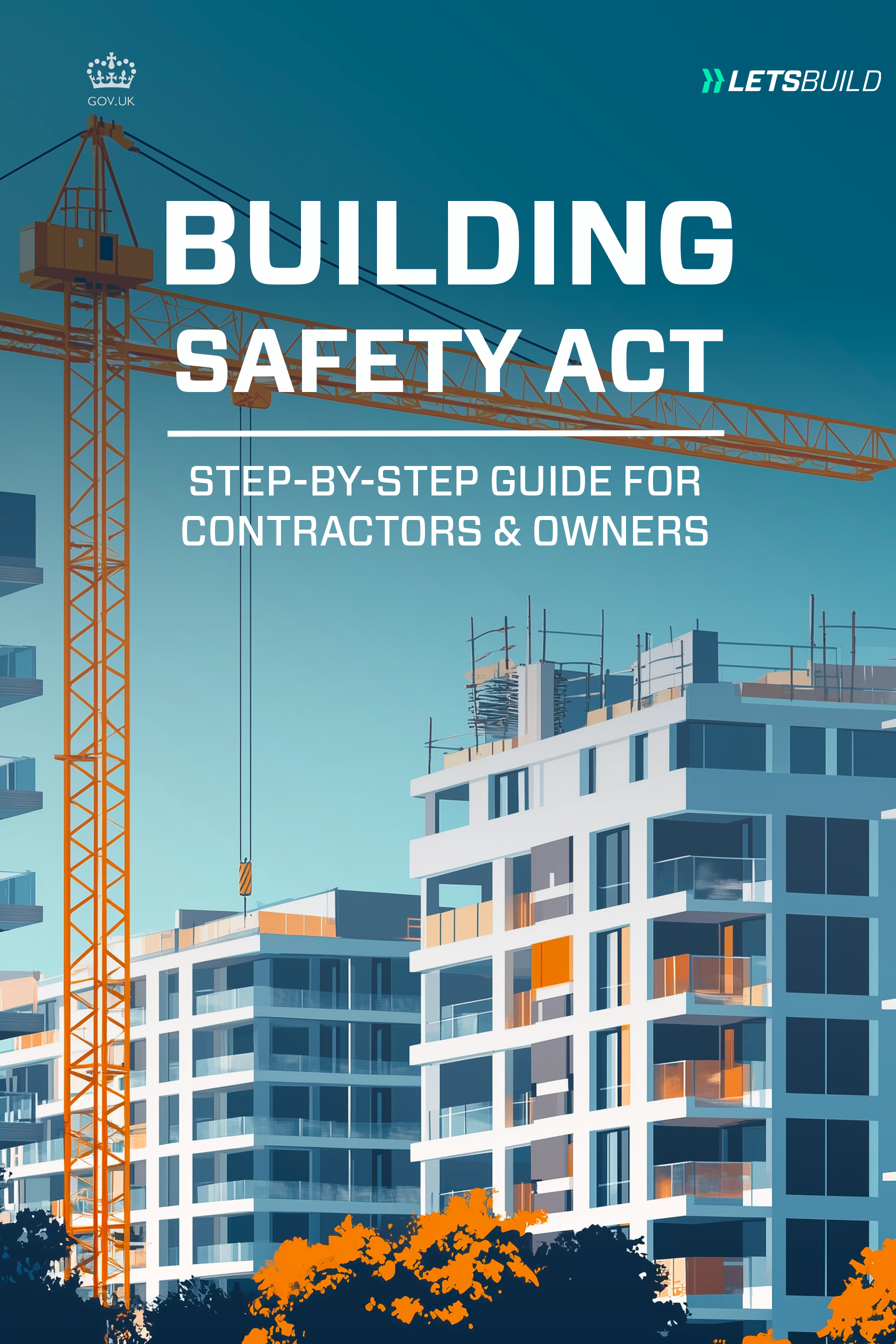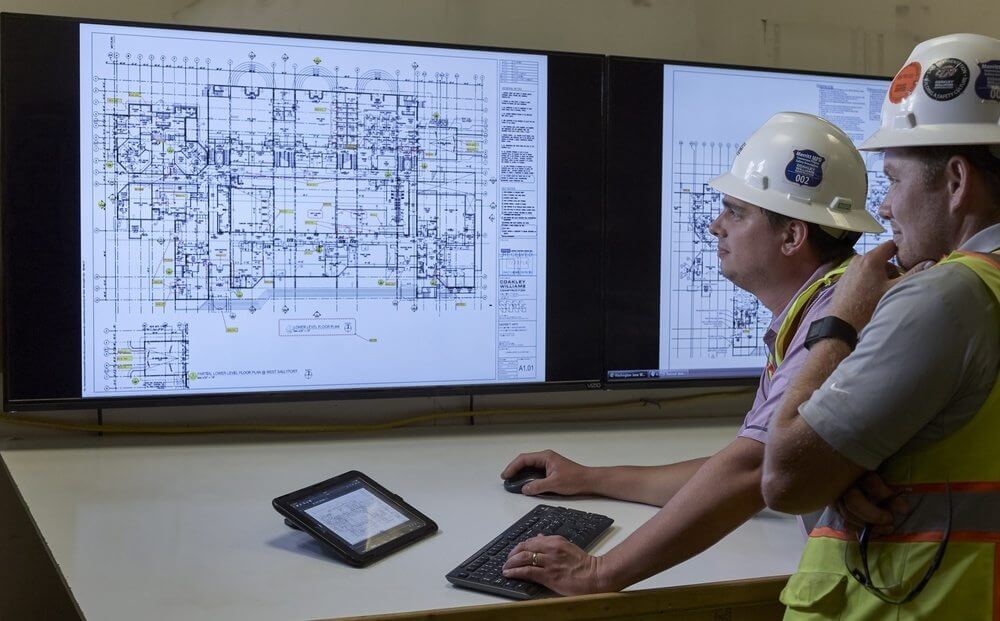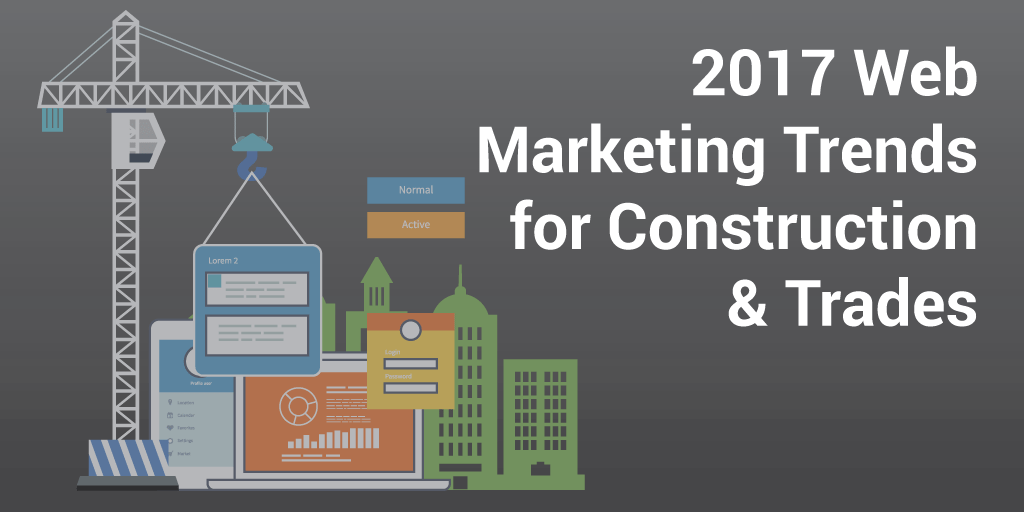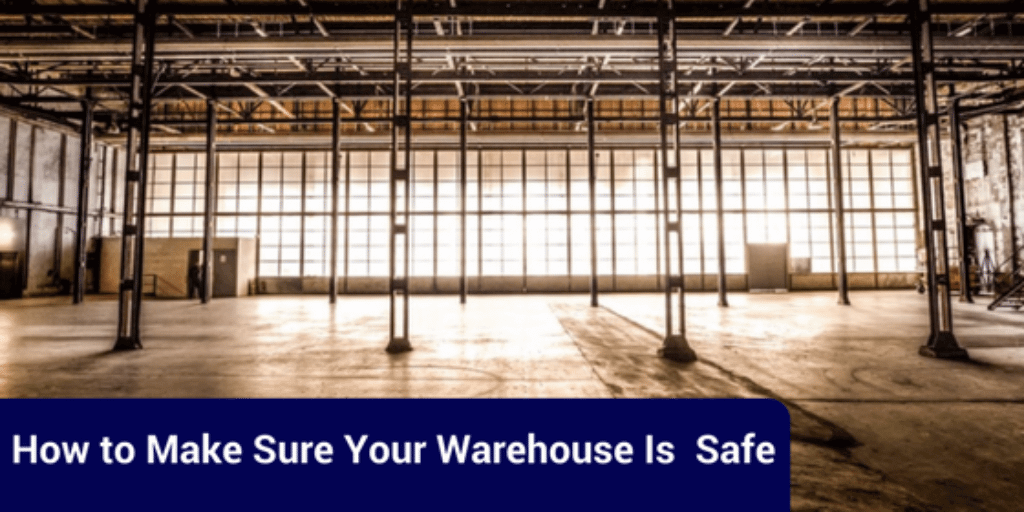Since the 2017 Grenfell catastrophe, the UK’s building safety environment has seen substantial change. The speed of change has increased, reaching a culmination in 2024 with the concrete implementation of the new building safety regime. This article examines the major advancements in building safety that occurred in 2024 and looks ahead to 2025. All stakeholders must be vigilant, cooperative, and actively involved in the construction industry’s transition to the new regulatory environment.
Download our guide: Building Safety Act Guide for Contractors & Building Owners
Key Developments in 2024
1. The Legal Framework Solidifies
A difficult era of change for the building safety regime came to a conclusion in 2024. The new legal framework was fully implemented in April 2024 after a number of legislative publications in 2023. Along with modifications unique to higher-risk buildings, such as the golden thread, required occurrence reporting, and gateway requirements, the regulations also include additional guidelines for duty holders.
Even if the new framework is in effect, it will take some time for the building industry to adjust completely. In particular, lenders and other ancillary stakeholders are trying to figure out how these developments affect them. The new standards have a wide range of duties, and builders, owners, and other stakeholders will need to coordinate in order to fully comply.
Ready to comply with Building Safety Act? Check out our checklist library
2. Conclusion of the Grenfell Inquiry
The Grenfell Inquiry’s final report was released in September 2024. The report, which was over 1,700 pages long, included 58 recommendations meant to change safety procedures in the construction sector. The effects of these suggestions are anticipated to be felt at all levels of the construction industry, from policy modifications to on-site procedures, even if the government’s response is not anticipated until early 2025. These results have reaffirmed the significance of safety culture and accountability, placing the burden of change on stakeholders to put building occupants’ welfare first.
3. Increase in Disputes and Decisions
The legal landscape surrounding building safety has grown more contentious. Disputes over cleanup projects and other safety-related issues have increased in 2024. The First-tier Tribunal and the Technology and Construction Court are currently considering a number of cases that deal with topics like defining an accountable person and figuring out if a building is considered higher-risk.
Additionally, since the Leasehold and Freehold Reform Act 2024 was updated to make it clearer that remediation orders apply to structures beyond 11 meters, additional remediation orders were requested this year. This covers the price of getting professional reports, finding alternate housing for the residents, and actually doing the cleanup.
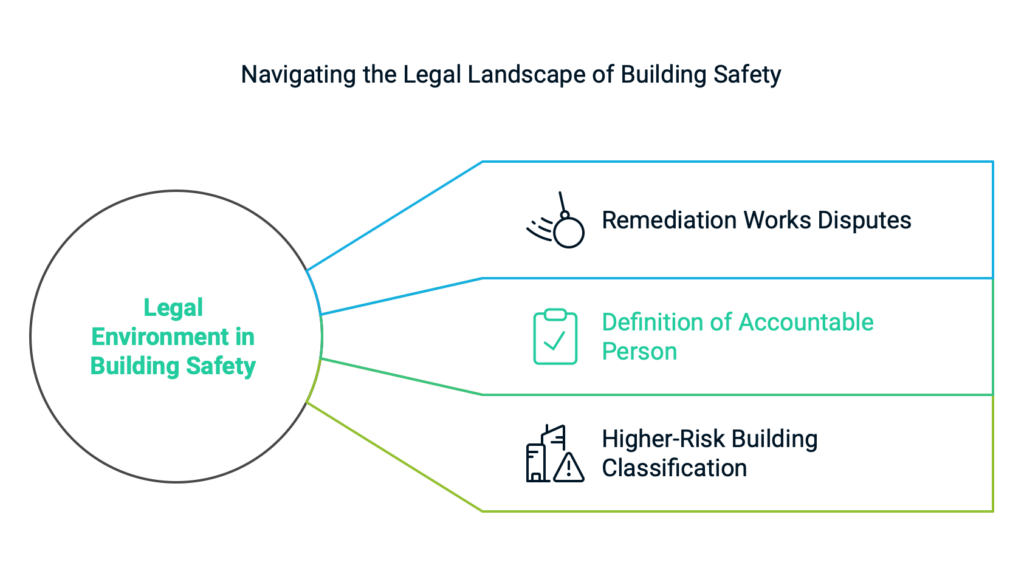
4. Focus on Occupied Buildings
The necessity of concentrating on inhabited, higher-risk buildings as well as new construction was becoming increasingly apparent in 2024. In order to file for building assessment certifications, this move required identifying the Accountable Persons for existing properties, comprehending the requirements for preserving the golden thread for these buildings, and adhering to directives from the Building Safety Regulator.
Sales and refinance stakeholders also have to deal with additional issues pertaining to extended hazards and obligations related to building safety. This growing understanding made it clear that building safety applies to all high-risk facilities, regardless of age or occupancy status, and is not just a concern for new construction.
Watch our webinar: The golden thread explained: tools and strategies for seamless compliance
What to Expect in 2025
1. A New Government Agenda for Safety
Building safety continues to be a top focus under the new Labour government. The government “will expect more from regulators and partners to make sure action is being taken now to make homes safe, speed up remediation, and ensure that buildings in the process of being remediated are managed safely for residents,” Deputy Prime Minister Angela Rayner emphasised in August 2024.
Government spending on cleanup would rise to more over £1 billion for the fiscal year 2025–2026, according to the 2024 autumn budget. Given the number of buildings that are still unsafe, this indicates a greater drive to finish remediation projects.
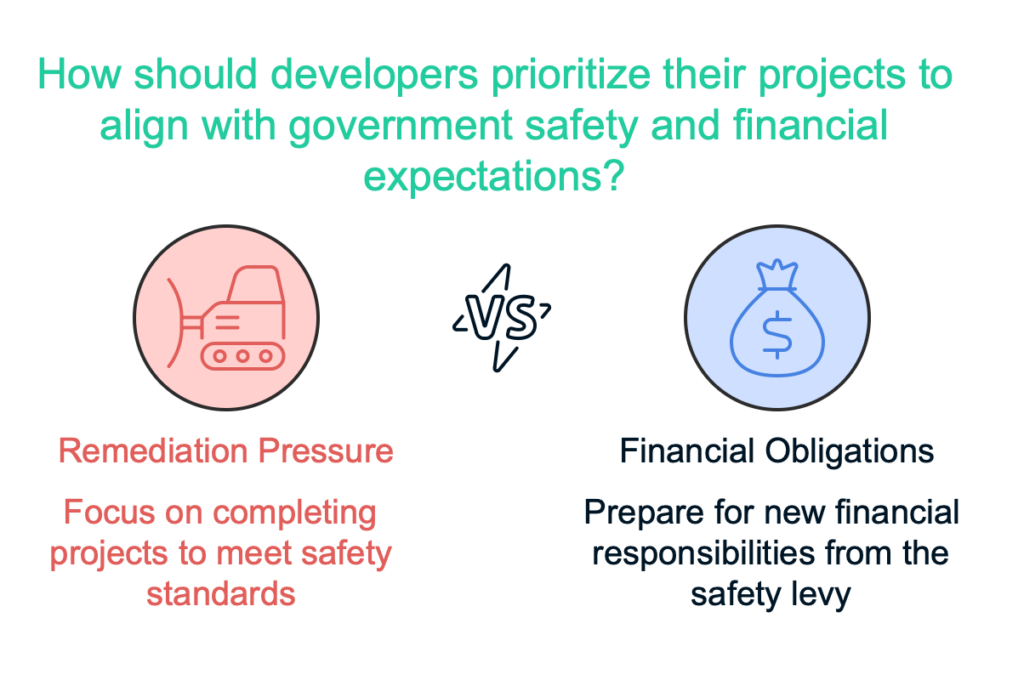
Developers might be under more pressure to reach these goals, and the implementation of a building safety levy—which was discussed beforehand—might materialise, imposing additional financial requirements on new residential developments.
2. More Disputes and Legal Actions
We should expect an increase in building safety-related legal challenges as more buildings undergo rehabilitation. Remedial orders, building liability orders, and Defective Premises Act claims are anticipated to rise. As the new legal framework solidifies and more cases establish precedents that influence future obligations, stakeholders will need to be ready for increased scrutiny and possible liability.
3. The Introduction of Second Staircase Requirements
Although the law mandating second staircases in any new construction over 18 meters won’t go into effect until September 2026, progressive developers will probably begin incorporating these elements into their projects before then. By doing this, they will not only meet future standards but also raise the buildings’ long-term value in anticipation of market and regulatory demands.
4. Regional Variations and Broader Changes
It’s crucial to keep in mind that different UK states have different building safety laws. Although England has received most of the attention in this topic, other areas are also changing:
Scotland has always been at the forefront of building safety, but it is still developing. A Scottish building safety charge has recently been proposed, and the Housing (Cladding Remediation) (Scotland) Act 2024 went into effect.
The Building Safety (Wales) Bill, which will be introduced in Wales in 2025, will demonstrate the region’s ongoing commitment to raising building safety standards.
Read Also : How to Create a Fire Safety Plan for Your Building
Read Also : Why the Golden Thread is Crucial for Construction Safety: Learning from Grenfell
A Complex Road Ahead
It is evident that building safety is still a complicated, multidimensional issue as 2025 approaches. Stakeholders in the building industry must be proactive in adhering to new safety regulations and putting best practices into effect as the Grenfell Inquiry’s final report continues to influence improvements. A difficult but essential transition for the business is indicated by the growing emphasis on occupied buildings, the expected increase in legal conflicts, and the possible implementation of a new safety charge.
From developers and regulators to lenders and property owners, cooperation at all levels is necessary for the future. The goal of the adjustments being made is to prevent disasters like Grenfell from happening again, but doing so calls for constant attention to detail, flexibility, and a commitment to prioritising safety.
“This government will expect more from regulators and partners to ensure action is being taken now to make homes safe,” said Angela Rayner, summarising the urgency of the situation. In light of these remarks, the construction sector needs to get ready for a revolutionary year in which proactive measures, safety, and accountability become the cornerstones of all building projects, whether they are new or existing.
